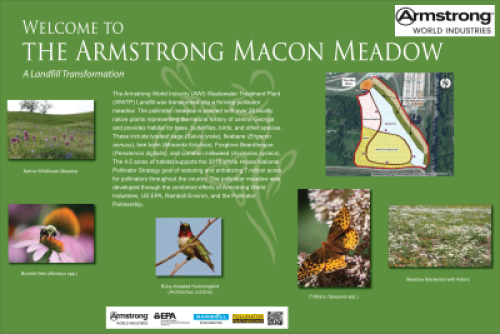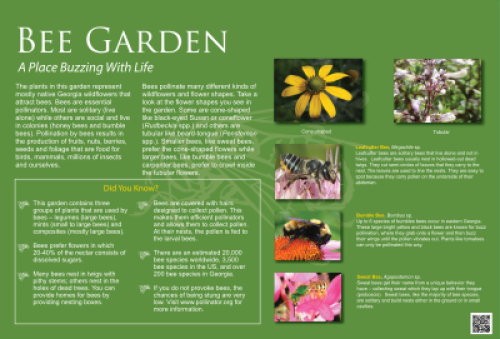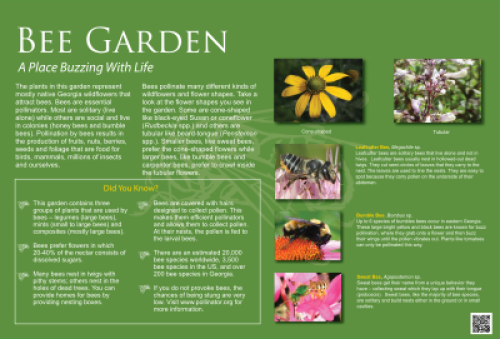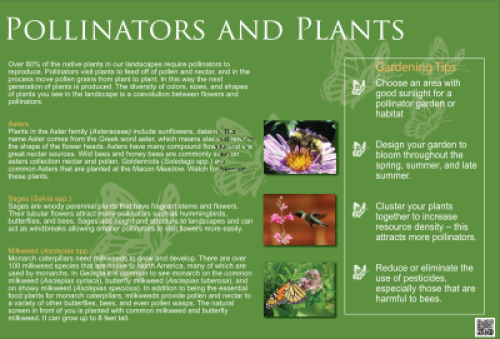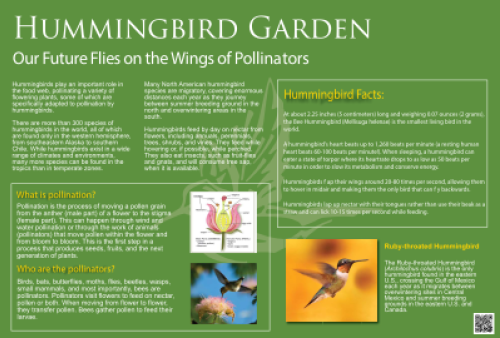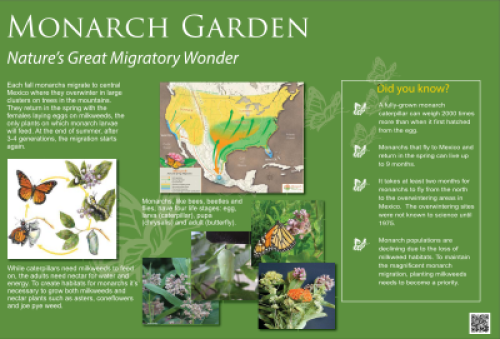Welcome to the Armstrong Macon Meadow:
A landfill transformation
The Armstrong World Industry (AWI) Wastewater Treatment Plant (WWTP) Landfill was transformed into a thriving pollinator meadow. The pollinator meadow is planted with over 20 locally native plants representing the natural history of central Georgia and provides habitat for bees, butterflies, birds, and other species. These include lyreleaf sage (Salvia lyrata), fleabane (Erigeron annuus), bee balm (Monarda fistulosa), foxglove beardtongue (Penstemon digitalis), and common milkweed (Asclepias syriaca). The 4.5 acres of habitat supports the 2015 White House National Pollinator Strategy goal of restoring and enhancing 7 million acres for pollinators throughout the country. The pollinator meadow was developed through the combined efforts of Armstrong World Industries, US EPA, Ramboll Environ, and the Pollinator Partnership.
Pollinator-specific plants were selected for each garden depending on pollen and nectar preference, pollinator and plant physiology, and bloom period. See the plant lists below to find out which common species will attract a particular pollinator:
BEE PLANT MIX
- Common Milkweed
- Butterfly Milkweed
- Purple Coneflower
- Spiked Wild Indigo
- Wild Bergamot
- Tall White Beardtongue
- Blackeyed Susan
- Browneyed Susan
- Showy Aster
- Heath Aster
- Wingstem
- Crimson Clover
- Lanceleaf Coreopsis
BUTTERFLY PLANT MIX
- Showy Milkweed
- Common Milkweed
- Butterfly Milkweed
- Lanceleaf Coreopsis
- Purple Coneflower
- Purple Prairie Clover
- Boneset
- Great Blue Lobelia
- Wild Bergamot
- Spotted Beebalm
HUMMINGBIRD PLANT MIX
- Eastern Columbine
- Purple Coneflower
- Pinkscale Blazing Star
- March Blazing Star
- Scaly Blazing Star
- Great Blue Lobelia
- Wild Bergamot
- Spotted Beebalm
- Tall White beardtongue
- Goldenmane Tickseed
- Blackeyed Susan
- Crimsoneyed Rosemallow
- Crimson Clover
MONARCH PLANT MIX
- Indianhemp
- Common Milkweed
- Lanceleaf Coreopsis
- Purple Prairie Clover
- Purple Coneflower
- Boneset
- Common Sneezeweed
- Pinkscale Blazing Star
- Wild Bergamot
- Wild Quinine
- Blackeyed Susan
- Showy Goldenrod
- Wingstem
- Golden Alexanders
REMEDIATION AND RESTORATION
Over many years, extensive investigations of soil, groundwater, surface water, and sediment were performed in concert with Region 4 of the United States Environmental Protection Agency (USEPA) and the Georgia Environmental Protection Division (EPD). Recently, more than 50 borings were drilled in the WWTP Landfill with more than 350 samples collected to characterize the soil.
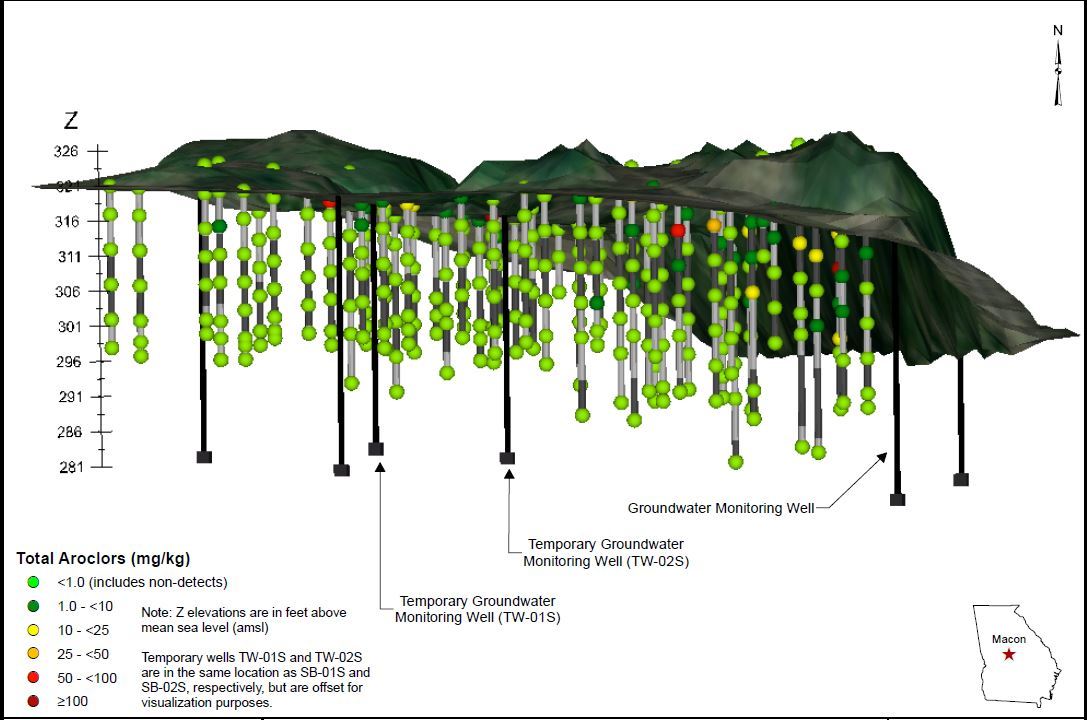
Polychlorinated Biphenyls (PCBs) were discovered in the soil and sediment of OU-1. In 2014 a remedy was developed that eliminated exposures to the PCBs and migration off the landfill. The approved remedy consisted of replacing the storm water swale with a box culvert system, capping the landfill using Geosynthetic Clay Liner (GCL) materials, and stabilizing the eastern side of the landfill with a Mechanically Stabilized Earthen (MSE) barrier wall. The implementation of this remedy began in August 2015 and was completed in April 2016.
During construction
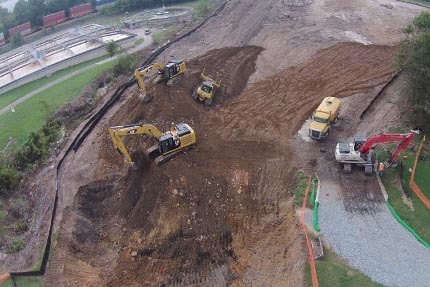
During the remediation, the landfill cover was removed and regraded, then capped using the GCL. Along the eastern side of the landfill, the MSE wall acts as a stabilizer for the slope to prevent erosion. The concrete storm water box culverts were installed to eliminate the potential for PCBs to enter the drainage system and be transported offsite. These systems combine with one another to help eliminate exposure to and migration of PCBs off OU-1.
